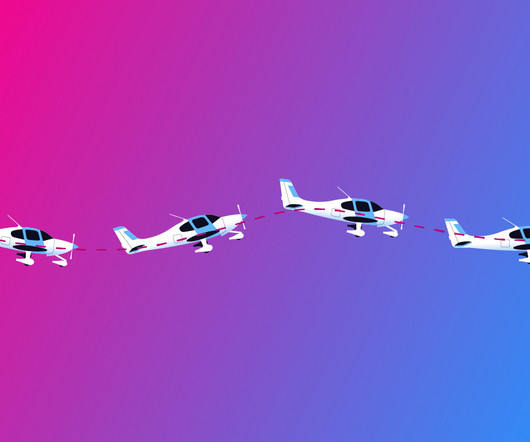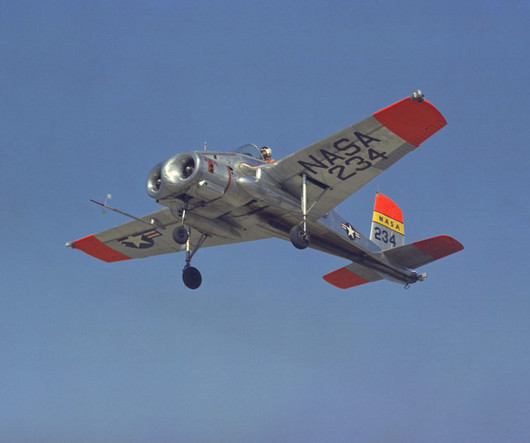Everything You Need To Know About Ailerons
Pilot Institute
FEBRUARY 20, 2025
Key Takeaways Ailerons control the aircrafts roll by adjusting lift on each wing. The aircrafts wing is able to generate lift due to its shape. The more the wings shape is able to change the direction of the flow of air over the surface, the more lift it will produce. Why does this increase the lift? How Do Ailerons Work?















Let's personalize your content